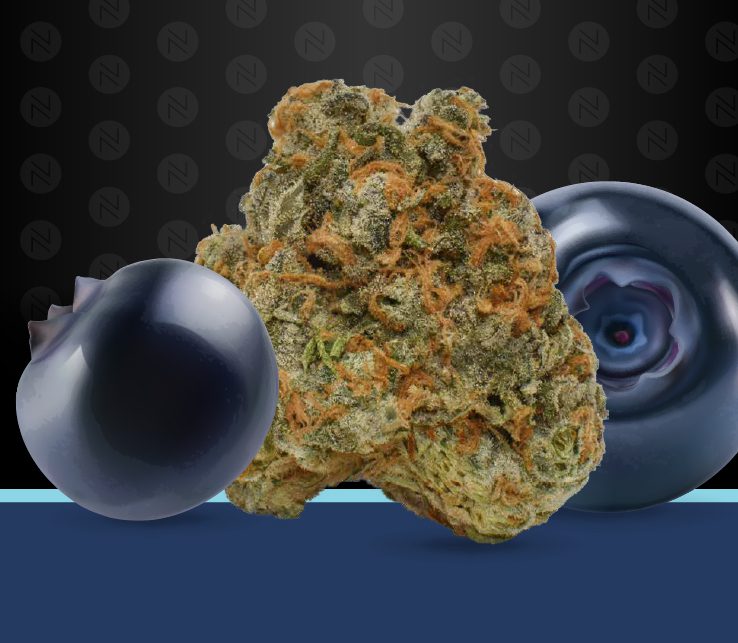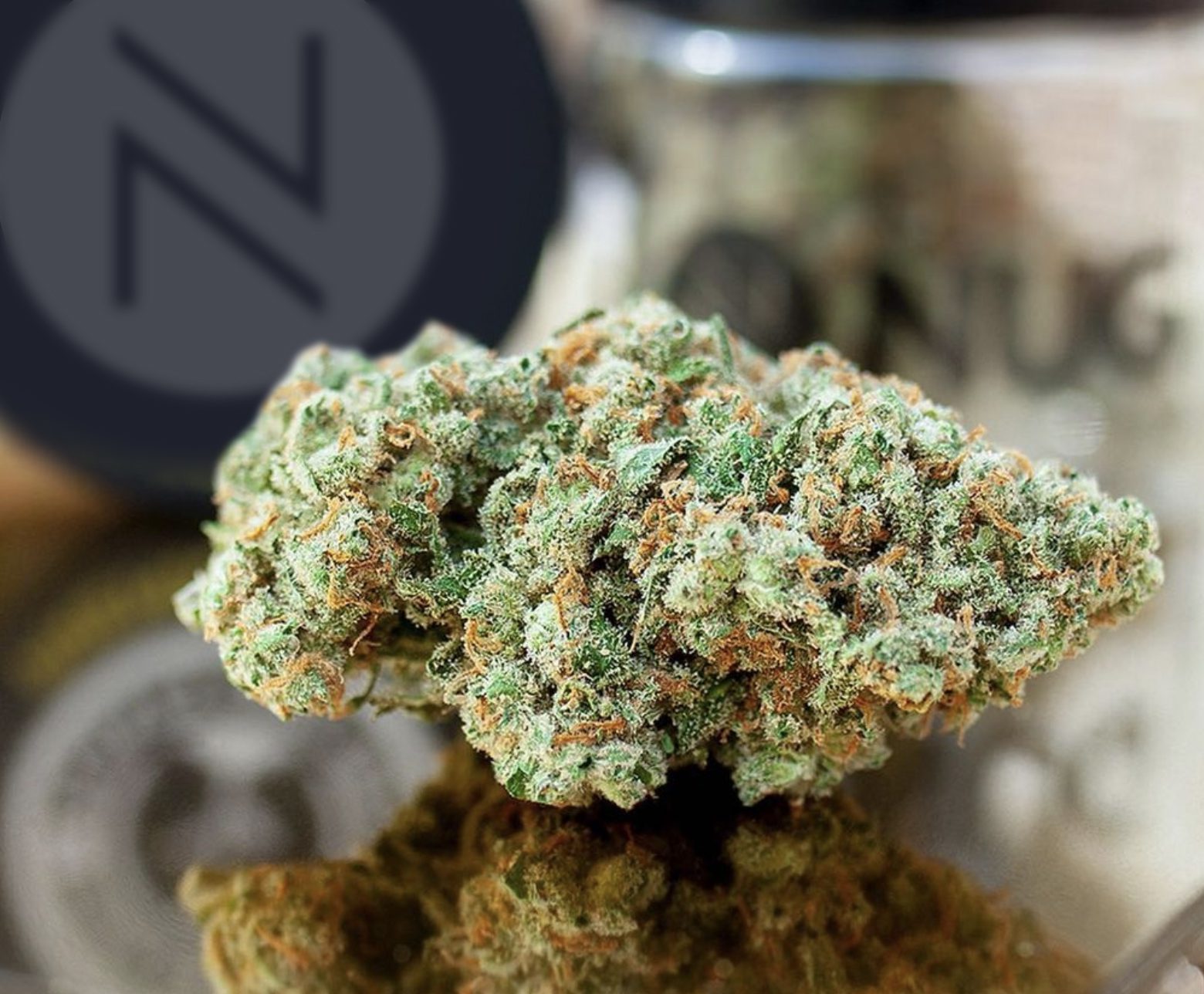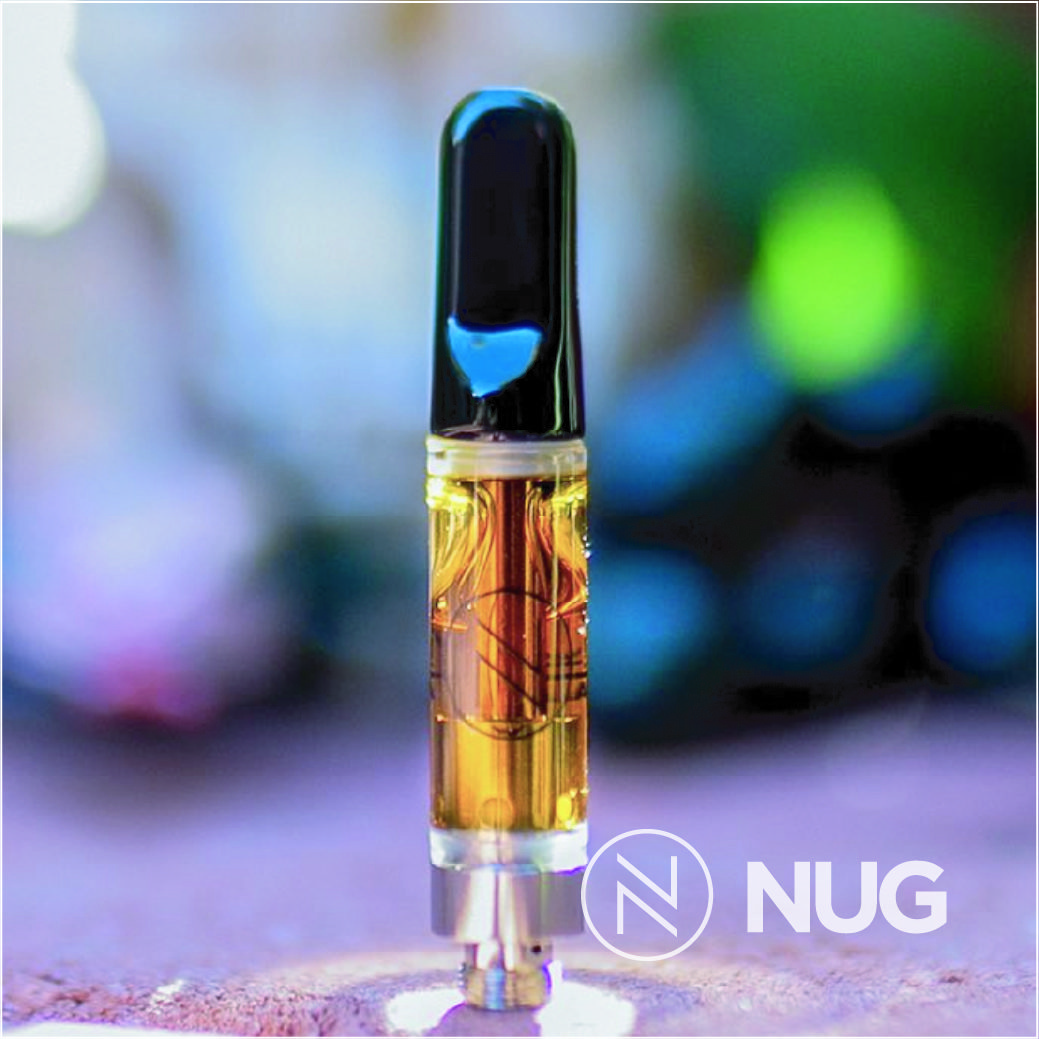
As high pressured as sitting down for any exam, are the tests that go into revealing cannabis content. Long awaited results from grower’s studies, time and efforts, with fingers crossed for A+ results.
But what goes into Cannabis testing and how does one achieve a passing or perfect score? And why should you care when lighting up? Let’s review the most important factors that go into cannabis testing, and why it matters to you as a consumer.
Testing 101
As you know, all cannabis products heading to sale must be tested and lab certified. With some results even displayed on product packaging, or contained in a QR code for scanning.
So, what are legal cannabis products being tested for? While standards vary across the nation for legalized states, to be compliant and sale ready products in general are tested for the following –
- Contaminants – The crushing blow to any test score, can come from this category alone. To meet compliance and ensure safe use by the consumer, a variety of contaminants are tested for. Impurities like chemicals, pesticides or artificial growth hormones can obviously be harmful to inhale (or ingest). Which is why any red flags for these items, in addition to molds or fungi, can cause a test to fail compliance completely. Physical contaminants including heavy metals like mercury or lead, are also tested for as they can seep their way into plant systems through soil or nutrients.
- Potency – Most important medically and dosewise (or to foresee your effects) is potency testing. Potency test results relay the amount of cannabinoids present in the cannabis product, like CBD and THC. Without a required standard, this number is usually reported in a few different ways. Products on the shelf today display potency with the cannabinoid total per weight (i.e. 18% THC, 8% CBD), total cannabinoids present (i.e. 100 MG THC, 150 MG CBD), or ratio wise like 2:1 CBD:THC.
While low potency numbers won’t fail a product from compliance, it can subsequently affect its’ cost to consumers. Or, sale price for growers and extractors. Meaning, the higher in potency, the more top-shelf in price. And vice-versa for tests with lower scoring percentages.

Concentrated contamination
With the evolvement of concentrate products, came various ways to extract and produce their unique textures and flavors. Many of these processes using a solvent, like ethanol or butane to do so. So, one additional test for contamination includes the testing of these residual solvents in products like wax, oil, shatters and more.
But small quantities of these solvents are still allowed in products. Meaning, many products can still pass the test with levels present. These limits vary from state-to-state, as of now.


More that matters
Many products are now being evaluated for more than just THC and CBD levels, with the advancements in technology. Testing for terpenes, flavonoids and additional cannabinoid levels is growing in popularity, and could matter the most to medical or recreational users.
While not a compliance requirement, terpene or additional content results are an added bonus for premier brands or consumers looking for heightened highs.
As research grows into why weed makes us feel, the way it makes us feel, we’ve learned terpenes and other cannabinoids like THCA, CBN, CBG or CBC deliver their own unique benefits, too.
Terpenes are the aromatic centers of the plant and produce varied effects, themselves. Which is why you may get energized and uplifted with a citrusy scented strain, and couch-locked with the munchies with a more floral or gassy scented strain. Important factors or levels to know, when you’re trying or buying new bud.

Put to the test
When put to the test, the best separates from the rest. Check out NUG’s top-shelf tested and highly potent products, or find a location near you. We’ll help curate your next high based on the content levels you crave. If you are in the bay area we recommend CW Analytical in Oakland, CA.









